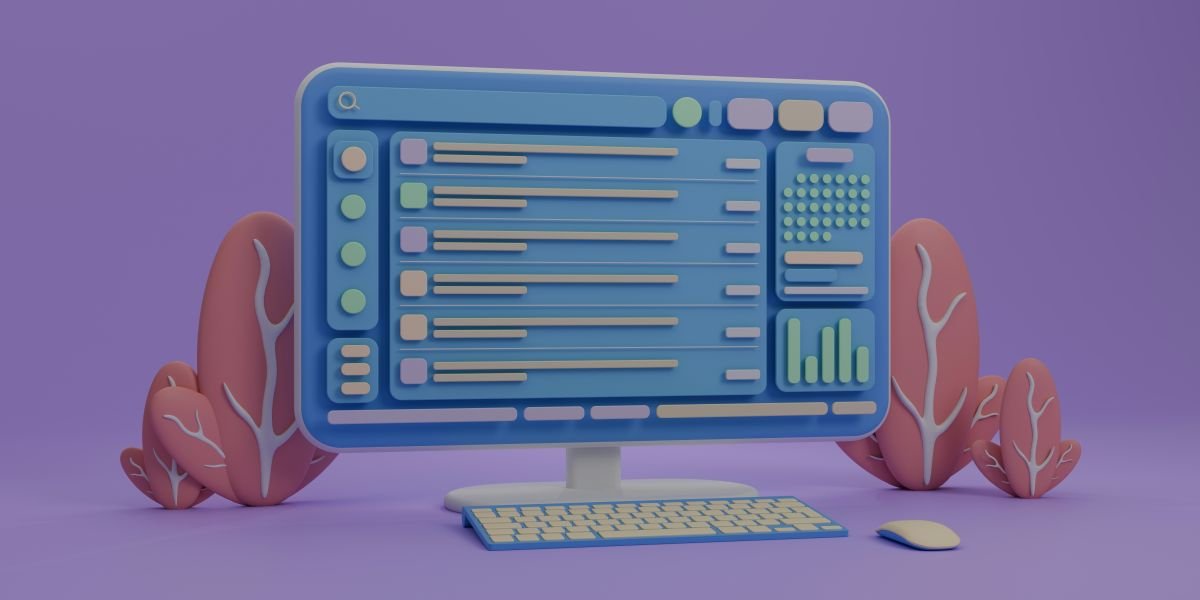Artificial intelligence (AI) is making waves across industries, and its impact on the workforce is one of the most discussed topics in business today. As AI technologies evolve, they are becoming central to many business operations. The role AI plays in workforce restructuring is complex, affecting everything from job creation to job displacement.
With AI systems streamlining processes, automating repetitive tasks, and helping companies make data-driven decisions, the workforce is undergoing significant change. However, the question remains: how can businesses and employees navigate this transformation?
Read also: Understanding “AI Washing” and Its Impact on Businesses
How Is AI Changing Job Roles?
AI is automating tasks that were once the sole responsibility of humans, especially in industries like manufacturing, retail, and customer service. Repetitive, time-consuming work such as data entry, inventory management, and even certain customer support functions are being handled by AI tools.
Take, for instance, the role of chatbots in customer service. Many businesses now rely on AI-powered bots to handle inquiries, troubleshoot problems, and even provide personalized recommendations to customers. By automating these tasks, AI frees up human employees to focus on more complex or creative aspects of their roles. This shift is not just happening in customer service but across many industries where routine tasks are a significant part of the workload.

What Jobs Are At Risk Due to AI Automation?
While AI brings numerous benefits, it also presents a challenge for certain jobs. Roles that rely on repetitive tasks or straightforward decision-making processes are particularly vulnerable. Warehouse workers, data entry clerks, and assembly line operators, for example, may find their jobs at risk as AI-powered robots and software systems take over their tasks.
This shift doesn’t necessarily mean an immediate disappearance of these jobs, but rather a transformation. Many employees may find that the jobs they once performed are automated, requiring them to seek new roles or develop new skills. Even though some positions will be replaced, others will be modified or enhanced by the integration of AI.
AI’s impact isn’t just about job losses, it’s about a transformation in the way people work. It’s essential for businesses to recognize these changes and offer training programs that help workers adapt.
How Is AI Creating New Jobs?
AI is not just eliminating jobs; it’s also creating new ones. As businesses embrace AI technologies, new roles in data science, machine learning, and AI ethics are emerging. These positions require specialized skills and expertise, offering new career paths for those willing to learn.
For instance, companies are hiring AI specialists who can design, develop, and maintain AI systems. Data scientists are in demand to analyze the data that AI tools generate and help companies make informed decisions based on these insights. Additionally, ethical concerns around AI are leading to the rise of new roles in AI ethics, where professionals ensure AI systems are fair, transparent, and accountable.
The demand for these new roles also emphasizes the need for reskilling. Workers in industries that are seeing job displacement must acquire new skills to remain competitive in the workforce. The ability to work with AI, understand its potential, and leverage it in various business functions will be a valuable asset in the coming years.
How Is AI Enhancing Human Jobs?
Rather than replacing humans, AI is often being used as a tool to enhance the work people do. Many industries are leveraging AI to augment human capabilities, allowing workers to focus on higher-level tasks that require critical thinking, creativity, and emotional intelligence.
In healthcare, for example, AI helps doctors with diagnoses by analyzing medical images and suggesting possible treatment options. While the final decision rests with the human doctor, AI aids in providing insights that may have otherwise been overlooked. This partnership between AI and humans allows healthcare professionals to provide more accurate and efficient care.
Similarly, in education, AI can automate administrative tasks like grading and attendance, giving teachers more time to focus on student interaction and personalized learning. AI-powered tools can also create customized learning experiences, helping teachers cater to the specific needs of their students.
By enhancing human roles with AI, workers are able to achieve better outcomes and concentrate on the aspects of their jobs that require emotional and creative intelligence.
Read also: AI’s Role in Shaping the Future Workforce
How Can Companies Prepare for AI’s Impact on Their Workforce?

As AI continues to shape the workforce, companies must take proactive steps to prepare for these changes. First, businesses should invest in reskilling and upskilling programs to ensure their employees are ready to work alongside AI technologies. Offering training on AI tools and other relevant technologies will allow workers to adapt to new demands and stay competitive.
Additionally, companies must foster a culture of adaptability. Encouraging employees to learn and grow with AI will help them navigate the workforce changes more effectively. This culture should prioritize continuous learning and support workers in developing new skills.
Lastly, companies should be mindful of the ethical implications of AI in the workplace. Ensuring transparency, fairness, and accountability in AI systems is essential to building trust among employees and preventing discrimination or bias in decision-making.
AI is undoubtedly reshaping the workforce in profound ways. While it is true that some jobs are at risk, many others are being created or transformed, leading to a new type of workforce, one that works alongside AI to drive business success. The key to thriving in this new environment will be embracing change, focusing on continuous learning, and adopting AI in a way that enhances human abilities. By preparing for these changes and providing the necessary tools for adaptation, companies can ensure that both their employees and their businesses continue to grow in an AI-powered future.







